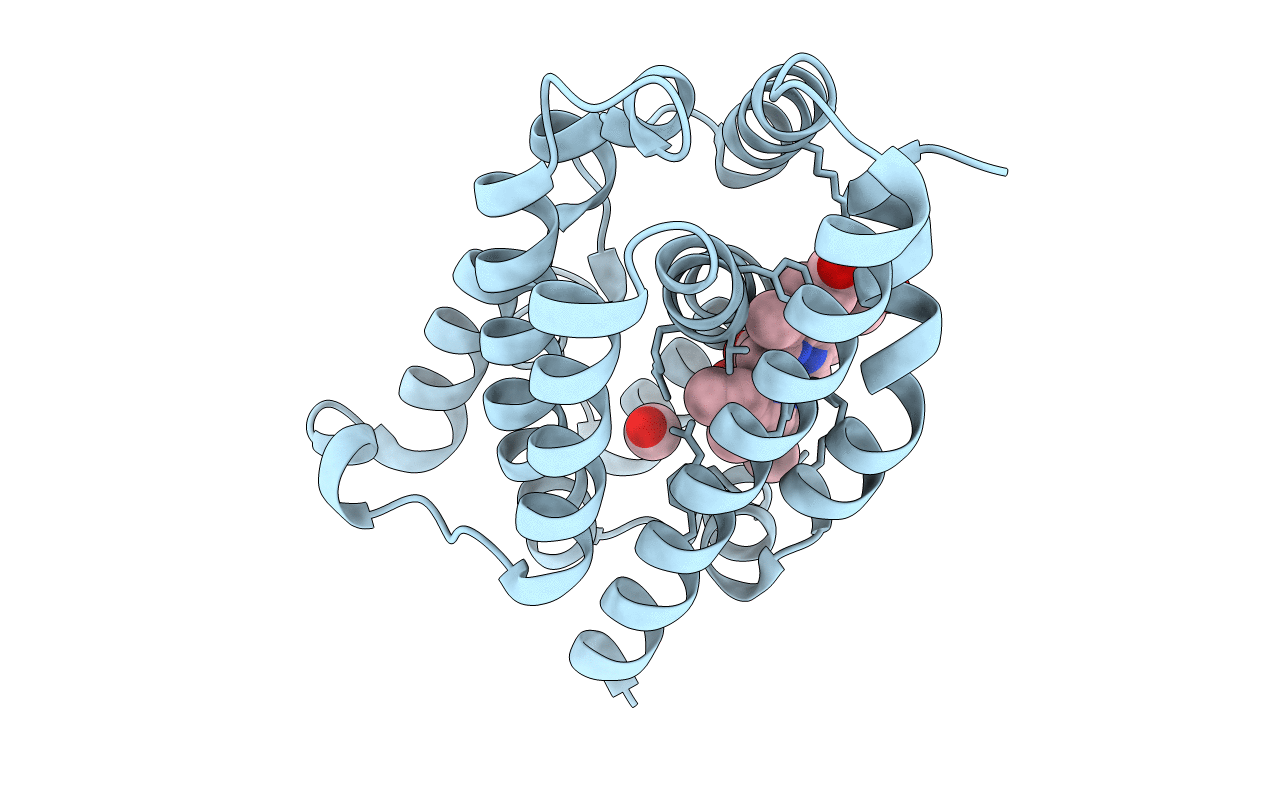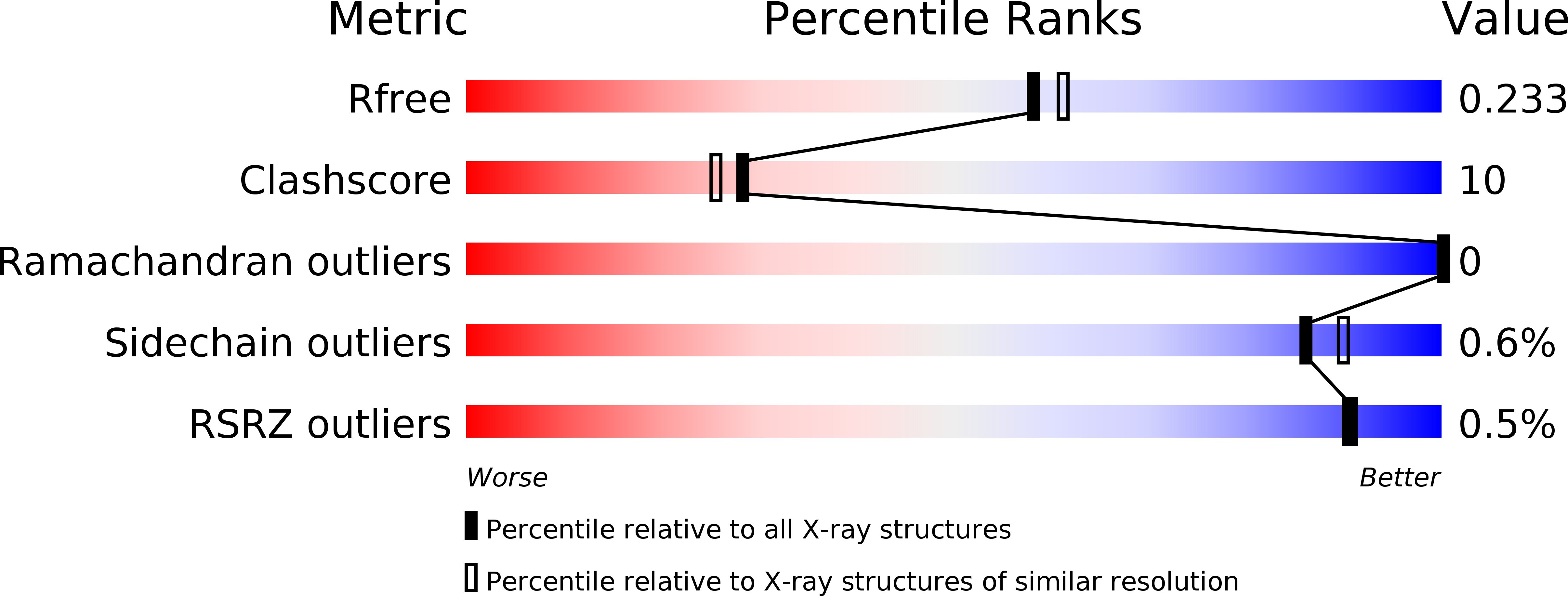
Deposition Date
2003-09-16
Release Date
2004-08-31
Last Version Date
2023-10-25
Entry Detail
PDB ID:
1ULX
Keywords:
Title:
Partially photolyzed structure of CO-bound heme-heme oxygenase complex
Biological Source:
Source Organism:
Rattus norvegicus (Taxon ID: 10116)
Host Organism:
Method Details:
Experimental Method:
Resolution:
2.00 Å
R-Value Free:
0.23
R-Value Work:
0.20
R-Value Observed:
0.20
Space Group:
P 32 2 1


